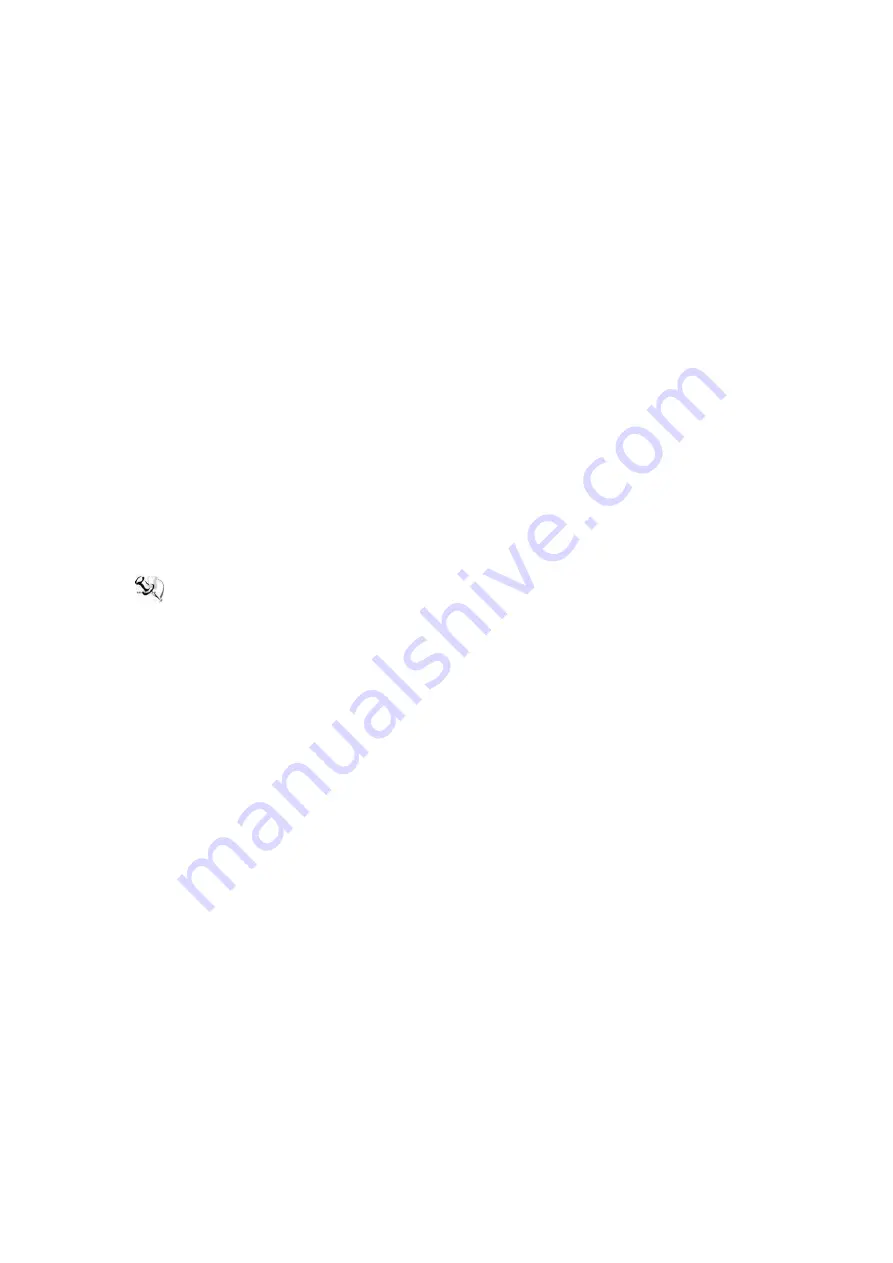
v
Cleaning Tools:
Although many companies have created products to help improve the process of cleaning
your computer and peripherals users can also use household items to clean their computers
and peripherals. Below is a listing of items you may need or want to use while cleaning your
computer or computer peripherals.
Keep in mind that some components in your computer may only be cleaned using a product
designed for cleaning the same types of components. Please read the instructions that come
with a cleaning product to avoid misusage.
Cloth: A piece of cloth is the best tool to use when rubbing up a component. Although
paper towels or tissues can be used on most hardware as well, we still recommend
using a piece of cloth to rub hardware parts.
Water or rubbing alcohol: You may moisten a piece of cloth a bit with some water or
rubbing alcohol and rub it on the computer. Unknown solvents may be harmful to the
plastics parts.
Vacuum cleaner: Using a vacuum cleaner to suck dust, dirt, hair, cigarette particles, and
other particles out of a computer can be one of the best methods of cleaning a
computer. Over time these items can restrict the airflow in a computer and cause the
circuitry to corrode.
Cotton swabs: Cotton swabs moistened with rubbing alcohol or water are excellent tools
for wiping hard-to-reach areas in your keyboard, mouse, and other locations.
Foam swabs: Whenever possible it is better to use lint-free swabs such as foam swabs.
NOTE: We strongly recommend that you should shut down the system before you start to
clean any single component.
Please follow the steps below:
1. Close all application programs
2. Close operating software
3. Turn off power switch
4. Remove all devices
5. Pull out the power cable
Summary of Contents for tBOX500-510-FL Series
Page 1: ...tBOX500 510 FL Series Embedded System User s Manual...
Page 8: ...viii This page is intentionally left blank...
Page 16: ...tBOX500 510 FL Series User s Manual Introduction 8 This page is intentionally left blank...
Page 28: ...tBOX500 510 FL Series User s Manual Connector 20 This page is intentionally left blank...






































